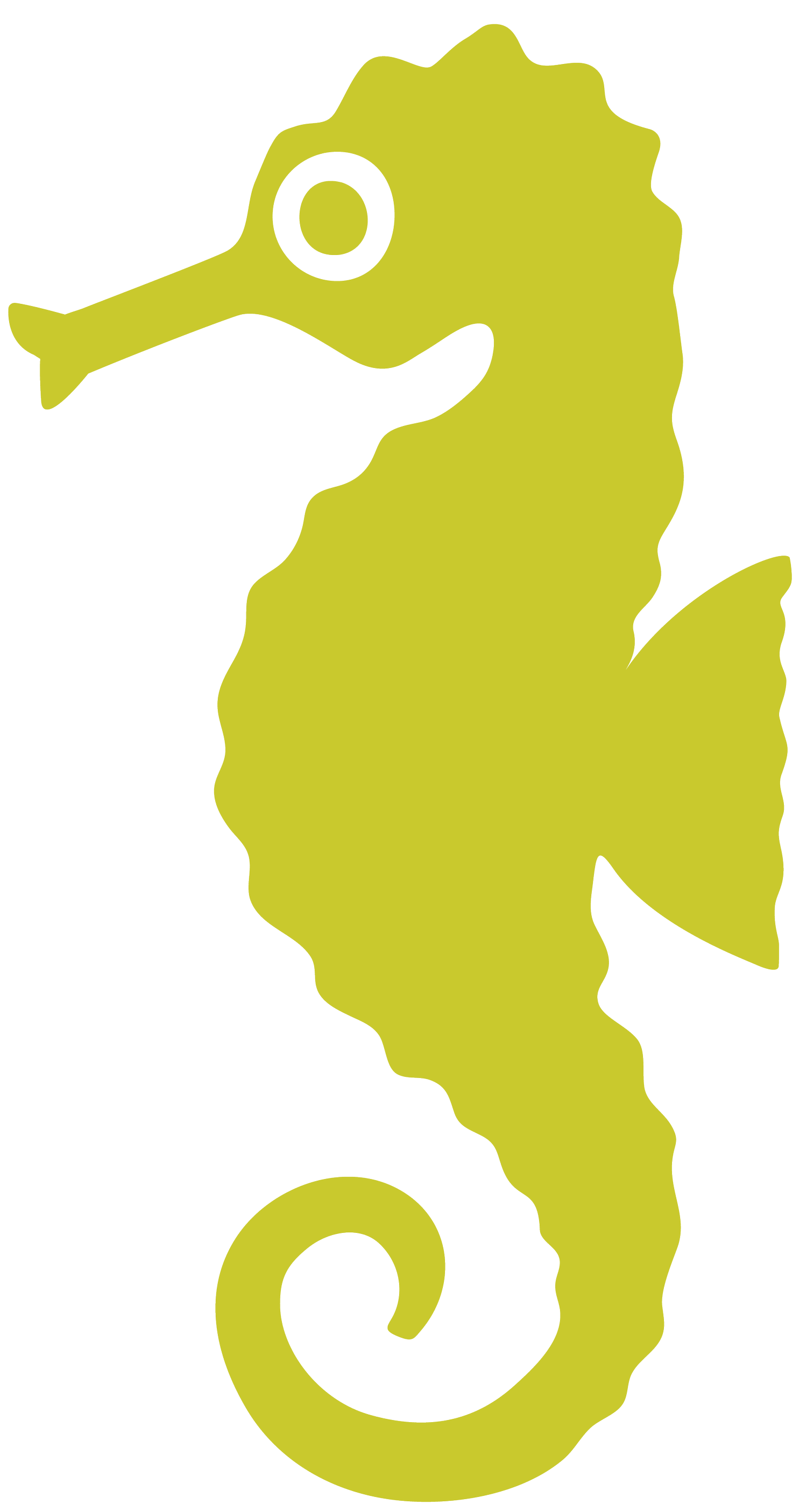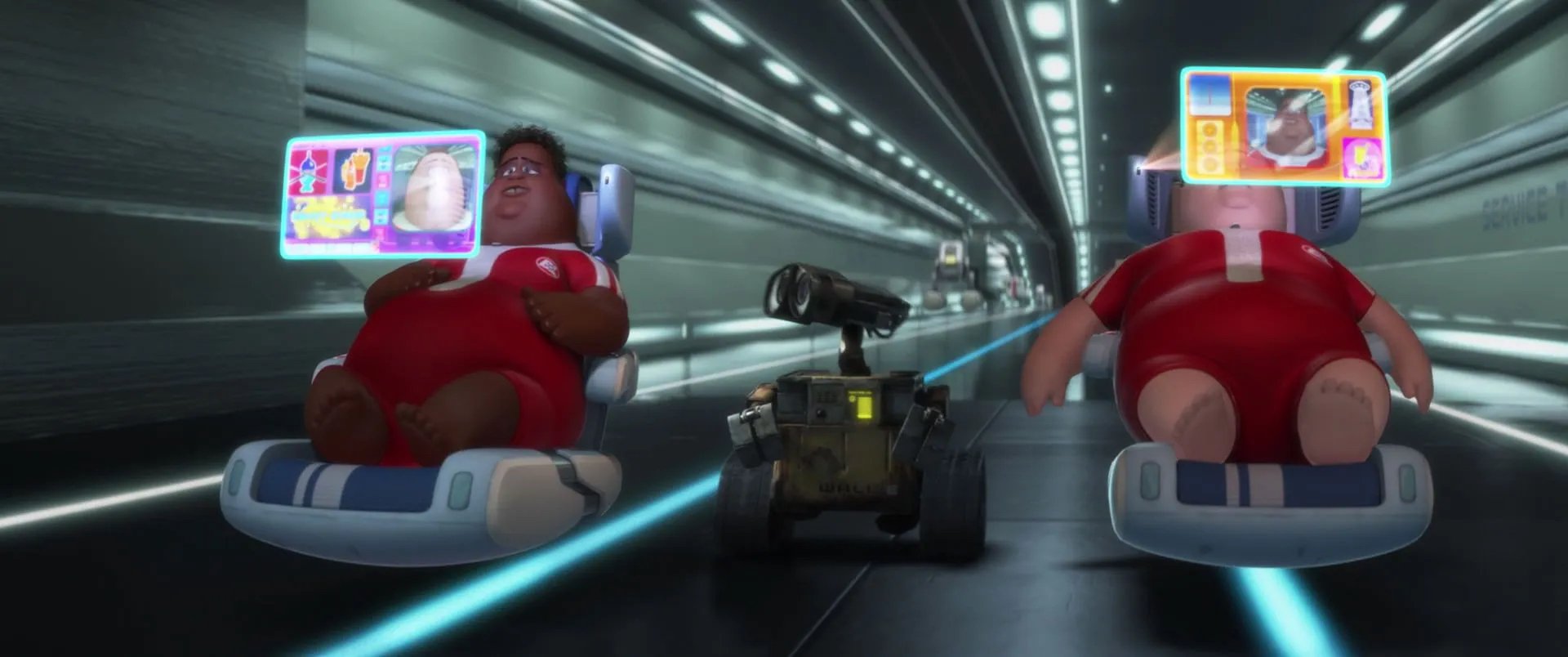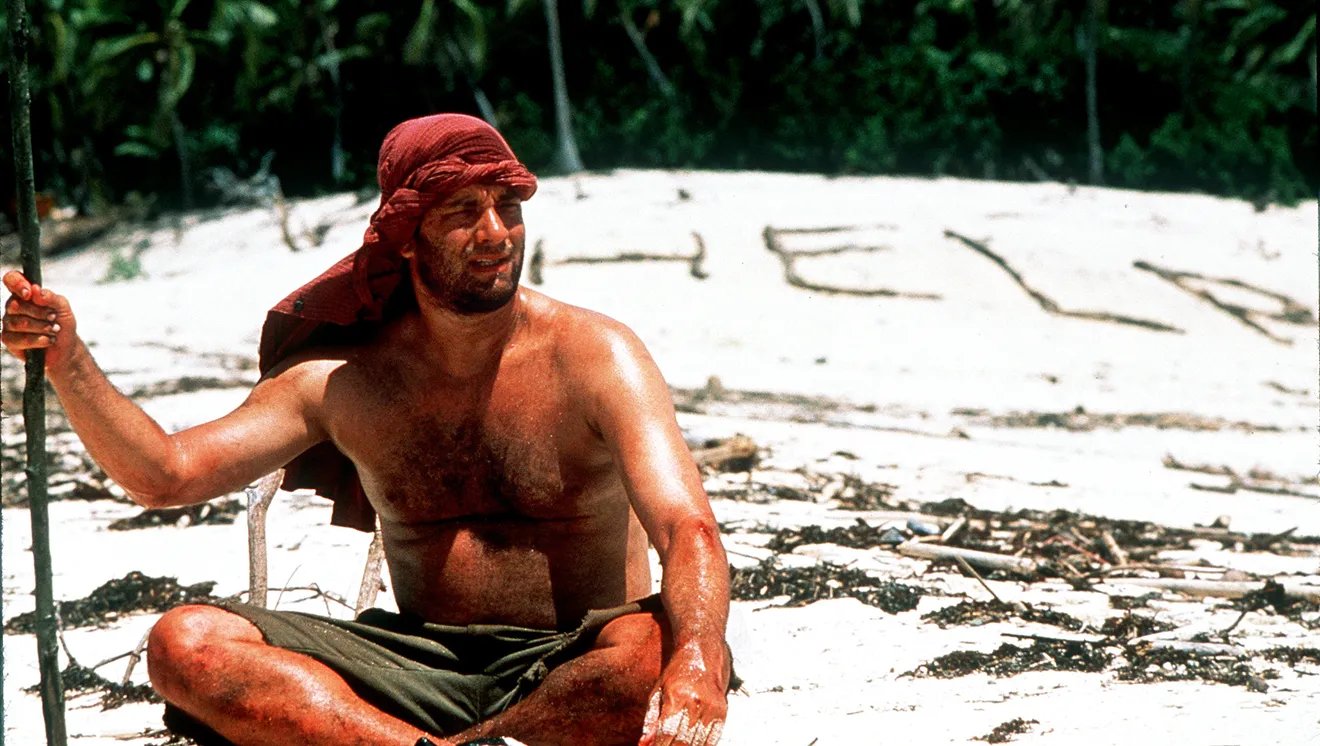The Last Unicorn: Where have all the designers gone?
A still from the 1982 animated fantasy film, written by Peter S Beagle
As I think about the next phase of my design career and the diminishing returns of Service Design practice in Australia, summarised provocatively in this pithy post from Cameron Tonkinwise earlier this year, I am reminded of a poignant film from my childhood, The Last Unicorn (1982). Anyone else remember it?
Part of a genre of 1980's melancholy, fantasy, children's (?) films (think The Dark Crystal, The Never-ending Story) and based on the 1968 novel of the same name, The Last Unicorn follows the story of a unicorn, the last of her kind, who journeys across the world to find what has happened to others like her. On this quest, she encounters malevolent kings and terrifying beasts, in a realm that no longer recognises her – people have lived without unicorns and magic for too long. Along her journey, she befriends faithful companions, experiences mortality and learns to feel the depths of human emotion. With this new understanding, she is able to defeat the powers of evil and free her fellow unicorns from their watery entrapment, restoring balance and goodness to the world. Sigh.
I have many thoughts on the fading magic of Human-Centred Design over the past decade and perhaps I will write more on that another time. This piece is primarily about malaise and isolation that I, and so many other designers, seem to be feeling at this moment and the decline of our Design community in Sydney (and beyond) in recent years. Here are a couple ways I've been trying to make sense of it all:
Making Things: The Love Language of Design
Making "things" defined pre-21st Century design. Ray Eames with a model. Image: Time, 1950
I was raised in a house of designers. My father was an Architect, my mother a Fashion Designer. My brother and I grew up surrounded by the optimisation of function and the ubiquity of beauty. We both developed a deep literacy for and love of objects. We both became designers, in a world I now like to call Old Design. This is an homage to Old Celine, a cult-like movement devoted to the French fashion house, under the creative direction of Phoebe Philo, 2008-2018. IYKYK.
Niche, cultural references aside, Old Design was a world of craftsmanship and materiality, deftly captured as Richard Sennet's core thesis in The Craftsman (2009), that skilled making for its' own sake, is core to being human. When you studied design in the old world, you became fluent in the origin, behaviour and application of physical materials, shaping them into designed things (be this garments, chairs or posters) that were then likely manufactured at scale. Old Design to me, includes the dominant (pre-digital) design disciplines of the 20th Century; Architecture, Industrial, Fashion, and Graphic Design, and their many variants (Product, Object, Textile, Interior, Visual Communications).
In fashion, for example, the baseline material for making is fabric, but a designer's knowledge always begins with the fibre itself. A kind of literal Atomic Design where the designing of a garment begins with understanding the molecular composition of a fibre. Now is the time to reveal that one of my favourite party tricks, being able feel your clothes and tell you what they're made from, a mystical skill to the untrained eye but, embarrassingly, is a core skill of anyone working in fashion or textiles... My point being, tactile fluency and material literacy are core to being a good (old world) designer. So what are the core materials of an increasingly digital world?
The Loss of Materiality: Design in a Post-Covid World
Remote work vibes 2020-2025. Image: Still from Wall-E, 2008
When I began my HCD career over 10 year ago the work was still analogue. Even in a digital agency, client workshops were held in person, with colour and props and Sharpies and good snacks and lots and lots of paper. Interviews were conducted face-to-face and synthesised with paper sticky notes. Though some of these methods may have felt infantile, they were very deliberate. They were designed to release new ideas from the shackles of perfection and completeness, and to use play to facilitate innovation.
Then the Coronavirus happened.
We are still living in the fallout of the global pandemic and I think it will take decades, if not generations, to fully understand its impact. For Design, remote work fundamentally changed what it means to design as it removed all materiality from the process*. Now, most forms of human interaction are mediated by digital screens, unless you happen to be in an organisation that is enforcing "return to work" policies. In which case, you are in an office a couple of days a week, fighting for a hot desk, with booked-out meeting rooms and hybrid colleagues. Then you are neither entirely analogue nor entirely digital, a metaphor perhaps for these early decades of the 21st Century.
In addition to this, the dogma of "Fail Fast", whilst great in theory to eliminate waste and sunk costs, means the first version of something is being delivered as an MVP, with no ongoing iteration or continuous improvement, so designers (Research, UX, Service, Content) are forced time and again to forgo Quality for Speed and Cost**. This can be a crushing compromise when your professional identity and integrity as designer, is defined by the delivery of high-quality outcomes.***
I don't know about you, but I really miss the tactility of old design. I miss the beauty, I miss the meaning, I miss the making. I miss the stuff. Working from home can be great for quiet space and producing work. Equally, digital whiteboards (the good ones at least) offer infinite scale, access for multiple users/locations and easy templates for presentations, large maps and blueprints. But there does feel like something is missing. Something important.
Designing Solo: The Rise of the Individual Contributor
No designer is an island. Tom Hanks in Castaway, 2000. Image: USAToday
It wasn't until 2 years ago, that I heard the term, IC or Individual Contributor. I know in management speak this just means an employee who is neither being managed, nor managing others, but I still found it alarming. This may be controversial but I truly believe that no designer should work alone. Ever.
This has been a disturbing trend in recent years as large waterfall organisations attempt to adopt Agile Ways of Working. As the never-implemented Spotify model and the product ideology of small, autonomous teams has become mainstream, more and more designers are being hired and allocated to work alone. There may be instances where there is a robust Community of Practice or "Tribe" of designers, who are there to offer collaboration and critique, but in my experience these are almost always ad hoc, voluntary groups that are largely ineffective in supporting daily, design practice.
For me, working with designers, is one of the best parts of being a designer. Working with someone else gives me: momentum, a challenge to my biases, different design perspectives, learning opportunities, a chance to complement my skillset, valuable feedback and ultimately leads to more robust (and often faster) design outcomes. No designer should work in a vacuum, particularly because critique is essential for good designing. University group projects aside, designers are social creatures and IMO work best with each other.
In addition to this tendency towards designing-in-isolation, post-Covid life has also killed a plethora of in-person Design meet ups and events that used to be fuel for the soul. With the collapse or acquisition of many independent Design agencies (companies that championed culture within and outside of their teams) coupled with a mass exodus from Sydney, a city where property prices have more than doubled in the last 10 years, it feels all of a sudden, like there is no design community at all. Is anyone else feeling this?
The Last of Us: Is Anybody Out There?
What is next for Human-Centred Design? Image: Still from The Last of Us 2023, IMDB
As we find ourselves in an era of both human and material dissociation, (don't even start me on AI) this seems like a perilous place to be a sentient, creative being. Meta themes aside, what does it mean to be a designer when we no longer work with physical materials, no longer share space and collaborate with other designers, no longer connect in real life, no longer solve problems? Does anyone know?
Perhaps just saying it out loud will be the first step in figuring out where we want to go next.
This article was originally published on LinkedIn, March 27, 2025
*For further reading, there is a whole book on conceptually understanding the Materials of Service Design, by Johan Blomkvist, Simon Clatworthy and Stefan Holmlid, 2023
**This trio of constraints is sometimes called the Iron Triangle. I can also be described as Speed, Cost, Scope with Quality in the centre, though in my experience scope is rarely well-defined and quality is almost always compromised.
***For a deeper, more articulate exploration of Mediocrity and the current state of design, I would recommend Andy Polaine's article and podcast conversation with Peter Merholz.





